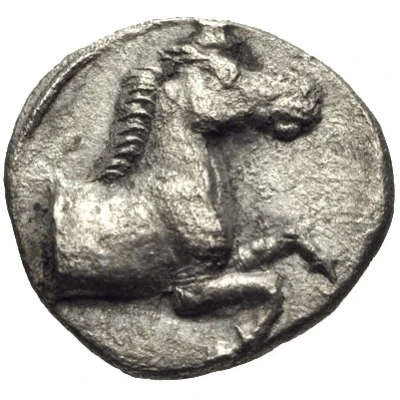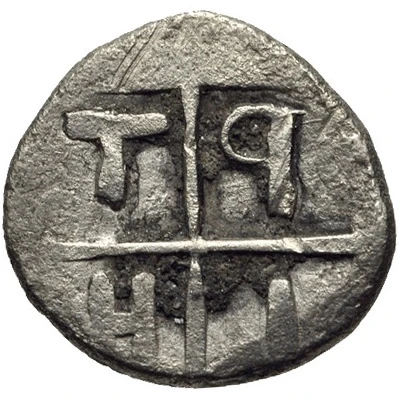


© Classical Numismatic Group, Inc.
Hemiobol 450 BC - 400 BC
| Silver | 0.44 g | 9.0 mm |
| Issuer | Trieros (Thrace) |
|---|---|
| Type | Standard circulation coin |
| Years | 450 BC - 400 BC |
| Value | Hemiobol (1⁄12) |
| Currency | Drachm |
| Composition | Silver |
| Weight | 0.44 g |
| Diameter | 9.0 mm |
| Shape | Round (irregular) |
| Technique | Hammered, Incuse |
| Demonetized | Yes |
| Updated | 2024-10-10 |
| Numista | N#173490 |
|---|---|
| Rarity index | 100% |
Reverse
Quadripartite incuse square containing ethnic
Script: Greek
Lettering: T P I H
Interesting fact
The Hemiobol coin from Trieros (Thrace) was used as a form of currency in ancient Greece, specifically in the region of Thrace. It was made of silver and weighed approximately 0.44 grams. Despite its small size, the coin was an important medium of exchange in the ancient Greek economy, and it features an interesting design that showcases the artistic skills of the time. The obverse side of the coin typically depicted a mythological figure or a deity, while the reverse side featured an inscription with the name of the issuing authority and the coin's denomination. Overall, the Hemiobol coin from Trieros (Thrace) is a fascinating piece of history that provides insight into the economic and cultural practices of ancient Greece.